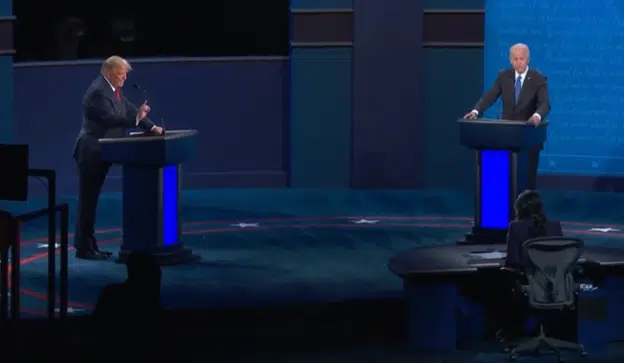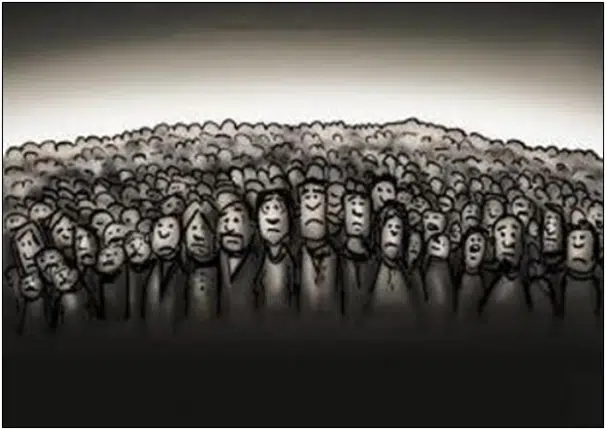By Victor Morawski – On June 14th U.S. Forest Service Chief Thomas Tidwell testified before the Senate Committee on Energy and Natural Resources, an entirely legitimate, routine appearance where the Forest Service discusses its fire fighting mission and its future budgetary needs for accomplishing it.
What struck me as illegitimate, however, was the attempt by Committee Chairman Bingaman to spout the party line in his opening remarks and try to tie in the occurrence of wildfires with climate change and global warming.
There he made specific reference to a recently published document by the National Academy of Sciences entitled, “America’s Climate Choices” as evidence that global warming is affecting wildfire frequency and severity.
As it was specifically mentioned in the hearing, the report is worth taking a look at because it is a blueprint for Big Government intervention to head off the supposed dire consequences of Global Warming: “The significant risks that climate change poses to human society and the environment provide a strong motivation to move ahead with substantial response efforts. Current efforts of local, state, and private sector actors are important, but not likely to yield progress comparable to what could be achieved with the addition of strong federal policies…”
And yes, the report does have some things to say about forest fires. As an impact of global climate change it claims that, “The frequency of large wildfires and the length of the fire season have increased substantially in both the western United States and Alaska.”
Much of the climate change defenders’ case rests on the results of computer models of the earth and its climate: “Both basic physical principles and sophisticated models of the Earth’s climate system definitively show that when the [Green House Gas] GHG concentrations increase, warming will occur.” And, “model results indicate that natural factors such as internal climate variability or changes in incoming energy from the sun cannot explain the long-term global warming trend.”
Hence, their conclusion based on these models is that only human activity as their cause is sufficient to explain them: “The long-term rise in CO2 concentrations can be attributed primarily to the growth in human CO2 emissions from fossil fuel burning, with deforestation … also contributing.” Thus, they support their case for significant, invasive government intervention to curb human CO2 emissions.
But not everyone believes that the models on which Global Warming defenders rely so heavily furnish us with reliable enough results on which to base significant government policy.
People in the computer field have long used the expression “Garbage in, garbage out” to underscore the simple fact that computer generated results are only as reliable as the data inputted to them initially.
Christopher Monckton has forcefully made the point that the fluid and chaotic nature of the earth’s climate may not allow the inputting of initial data that is reliable enough for the computer models to give us accurate future predictions of what it will do, “Modeled projections such as those upon which the IPCC’s entire case rests have long been proven impossible when applied to mathematically-chaotic objects, such as the climate, whose initial state can never be determined to a sufficient precision.”
As a result, Lord Monckton concludes that, “computer models are long proven to be inherently incapable of providing projections of the future state of the climate that are sound enough for policymaking.”
Noted Meteorologist Joe Bastardi has recently made a similar point about the general unreliability of computer models for predicting future climate change, giving us just one area where those models may have insufficient input data: “most of these climate models have little or no ability to foresee regime changes in the oceans short and long term.”
According to him, if we base our views on “facts of the past, not models of the future” we would have as much reason for saying that the current La Nina pattern — very similar to one that occurred in 1949-50 — may instead foreshadow a coming twenty-year pattern of Global cooling as that former one did, throwing cold water on the climate change fires.
Victor Morawski, professor at Coppin State University, is a Liberty Features Syndicated writer.






